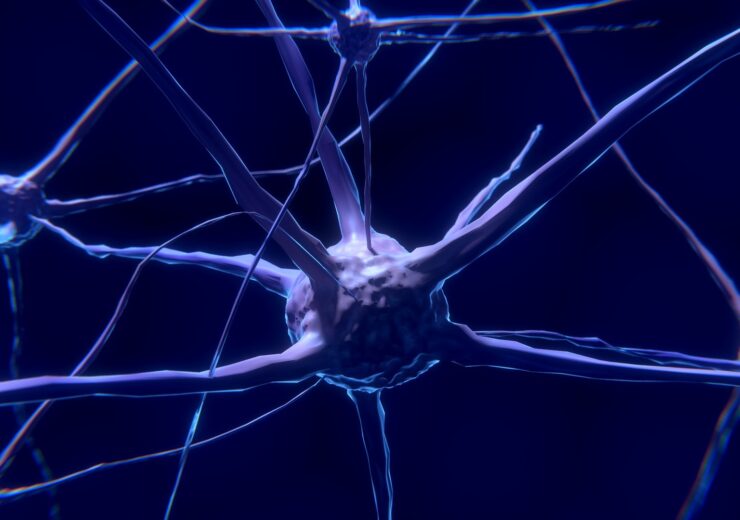The Axonics F15 SNM system has been designed with a functional life span of more than 15 years at typical stimulation parameters and over 20 years at lower-energy settings

Axonics’ SNM system differs from its competitors in terms of battery, longevity, volume and compatibility. (Credit: Colin Behrens/Pixabay)
US-based medical technology company Axonics has received the US Food and Drug Administration (FDA) approval for its newly developed recharge-free sacral neuromodulation (SNM) implantable neurostimulator (INS).
The Axonics F15 SNM system has been designed with a functional life span of more than 15 years at typical stimulation parameters and over 20 years at lower-energy settings.
Axonics said that the size of the system measures 10cm3, which is said to be 20% smaller than other non-rechargeable SNM devices available in the market.
The constant current of the Axonics F15 SNM system regulates stimulation output automatically. The system also offers intuitive, recharge-free key fob control featuring SmartMRI technology.
Axonics CEO Raymond Cohen said: “Axonics is keenly focused on developing innovative, best-in-class, patient-centric SNM solutions as well as expanding awareness and access to this life-changing therapy.
“Our rechargeable system introduced innovations to the SNM category in late 2019 that clinicians and patients had been requesting for years – longevity in the body, full-body MRI compatibility, a miniaturised implant, fuss-free therapy and a patient remote control that is easy for patients to use.
“The new Axonics F15 recharge-free SNM system is similarly groundbreaking – a small and thin INS with an expected life in the body of well over a decade that does not require any element of the system to be recharged – and sets a new standard for what is possible in this category. We expect to begin shipping the Axonics F15 system in April.”
The medical technology firm stated that the SNM system has MRI compatibility for full-body MRI with 1.5T and 3.0T whole-body scanners. The system also has a proprietary algorithm, which recommends optimal stimulation parameters depending on intraoperative responses.
Cohen added: “Tens of millions of Americans suffer from one form or another of incontinence and struggle to find long-term symptom relief.
“SNM was historically utilised as a therapy of last resort as it was only available with a neurostimulator that had an average battery life of four years, requiring patients to undergo multiple replacement surgeries.
“We aim to change that paradigm and expect the Axonics F15 system to increase adoption of SNM therapy. We will also launch a national television direct-to-consumer advertising campaign in the coming weeks to increase awareness for Axonics therapies, which treat all forms of bladder and bowel incontinence.
“We remain confident that our commitment to innovation, quality and providing physicians and patients strong support will continue to drive market expansion and advance Axonics on its path to market leadership.”
